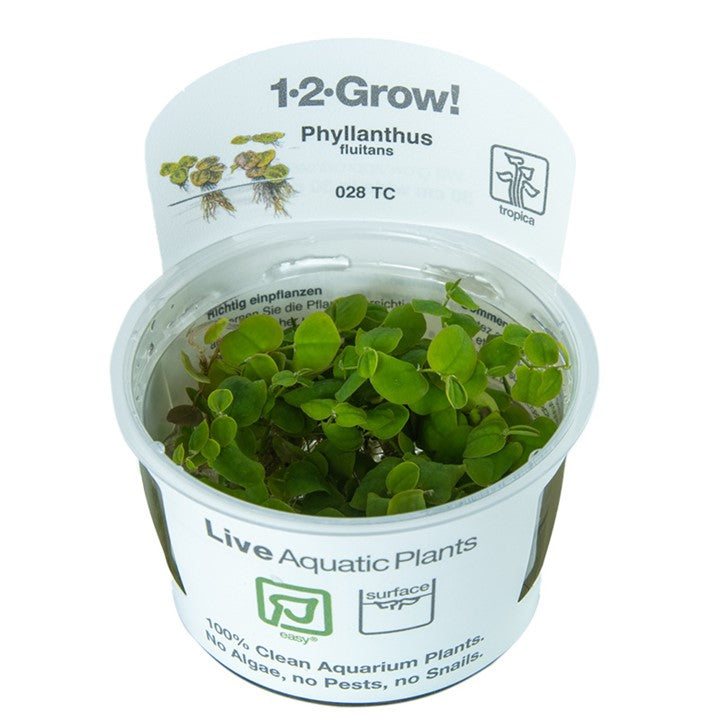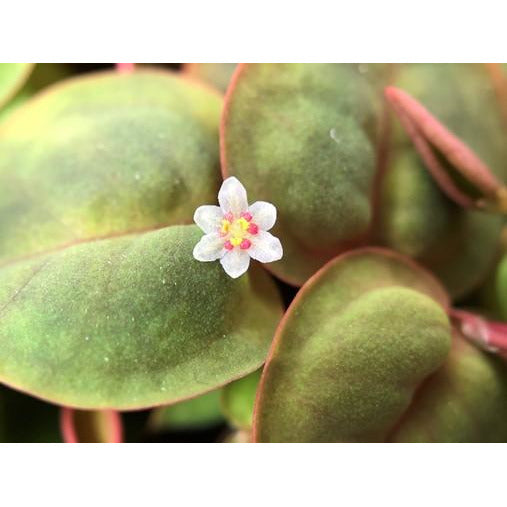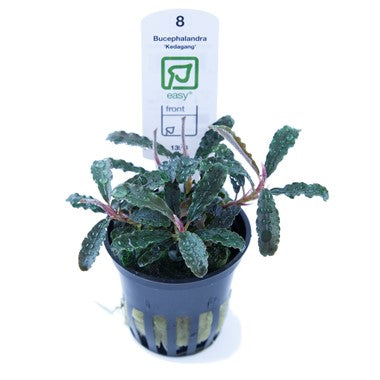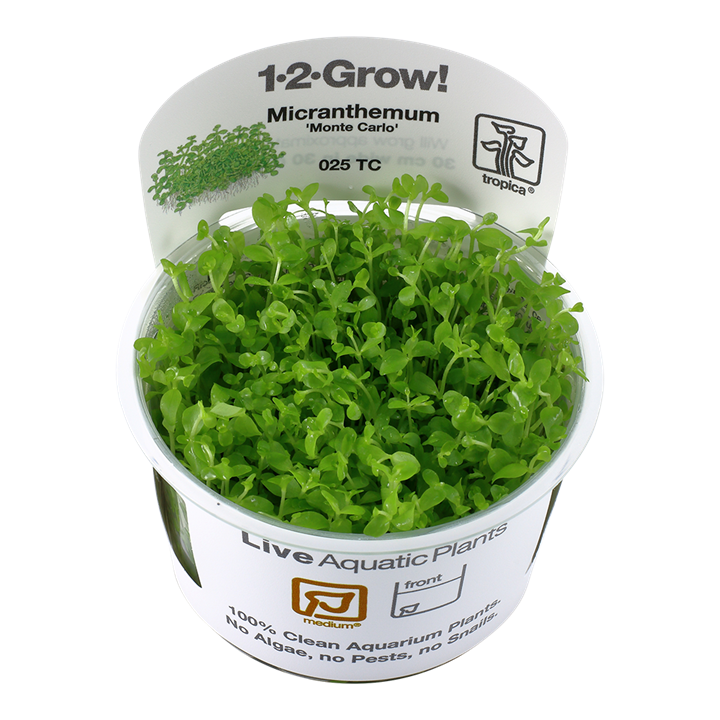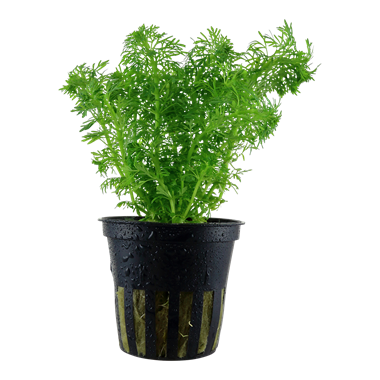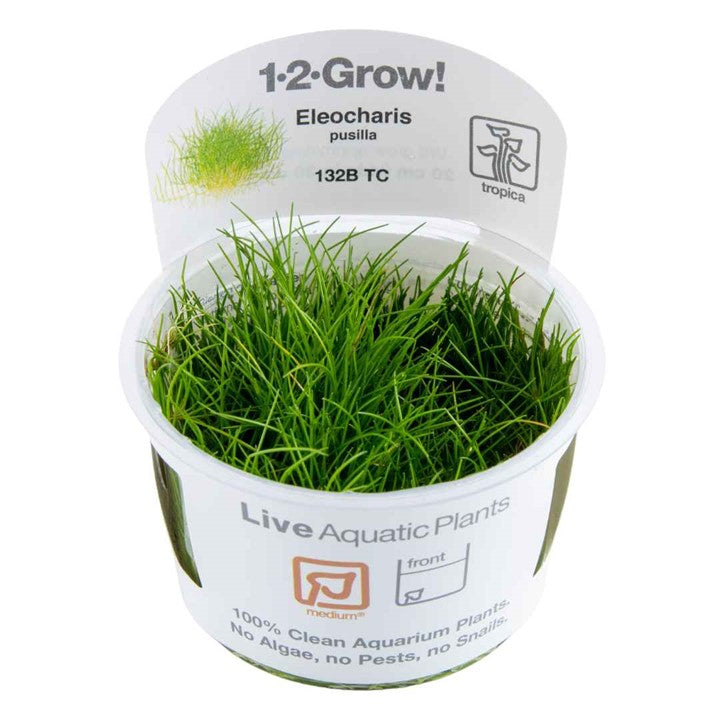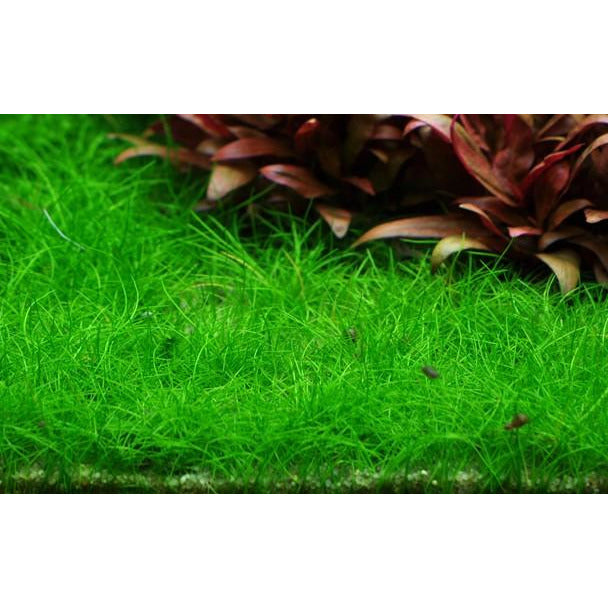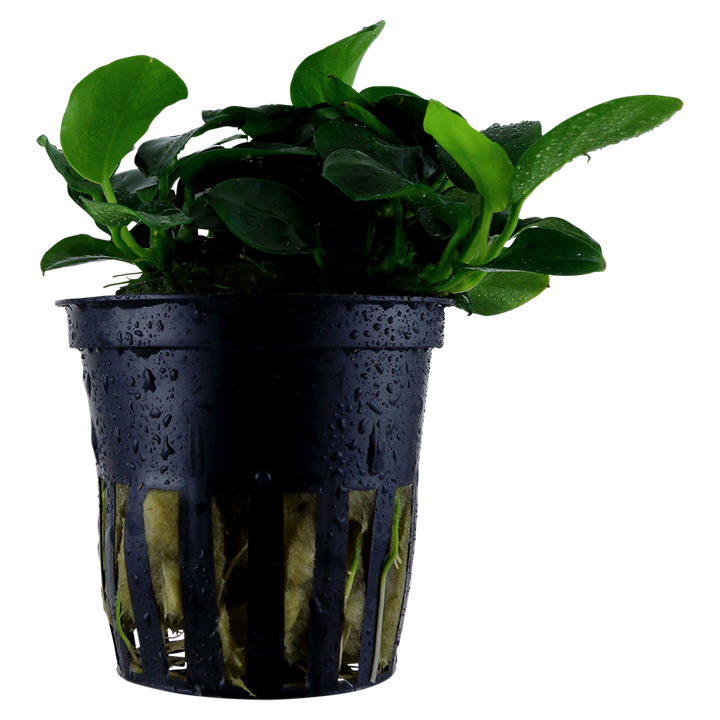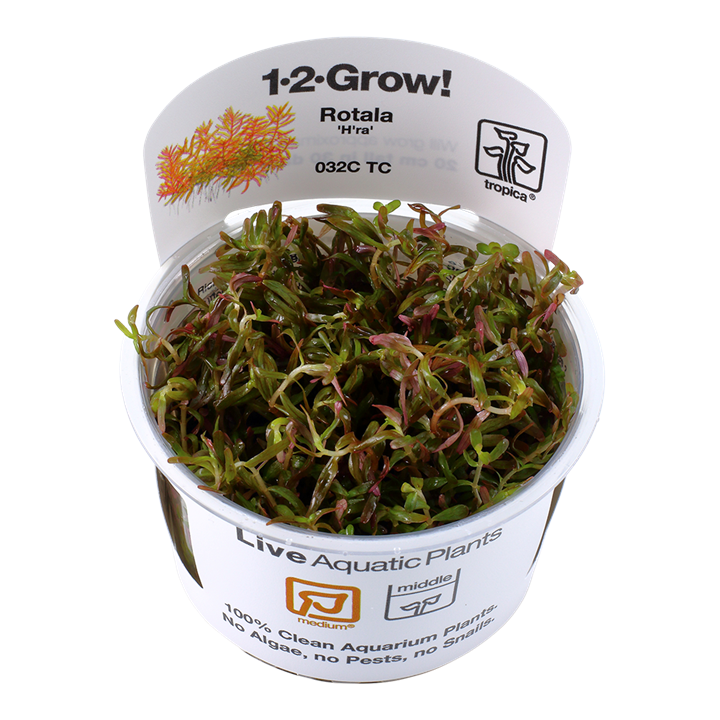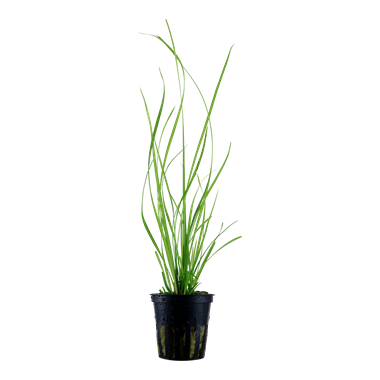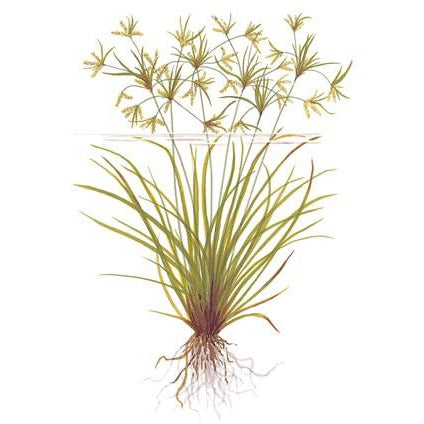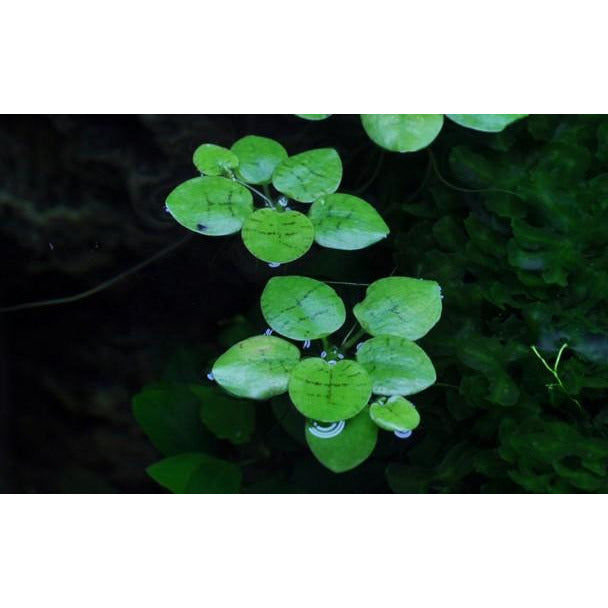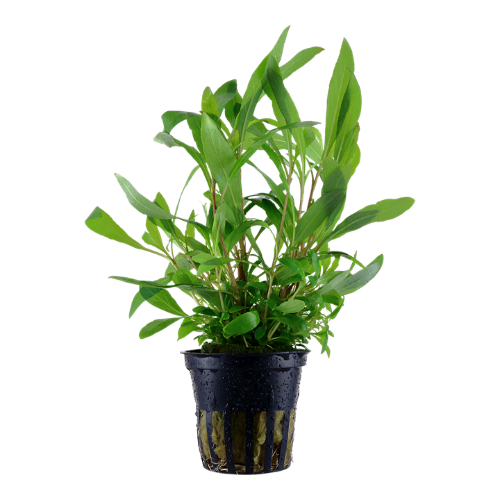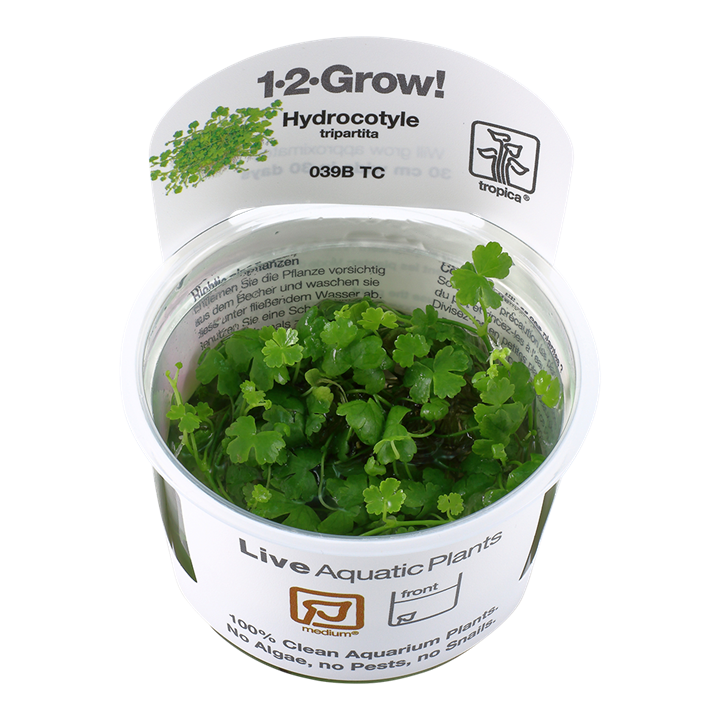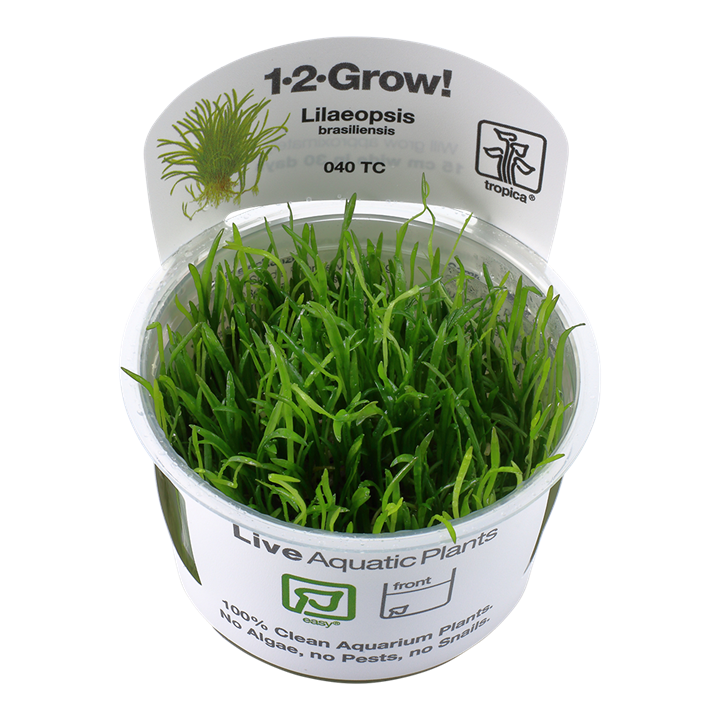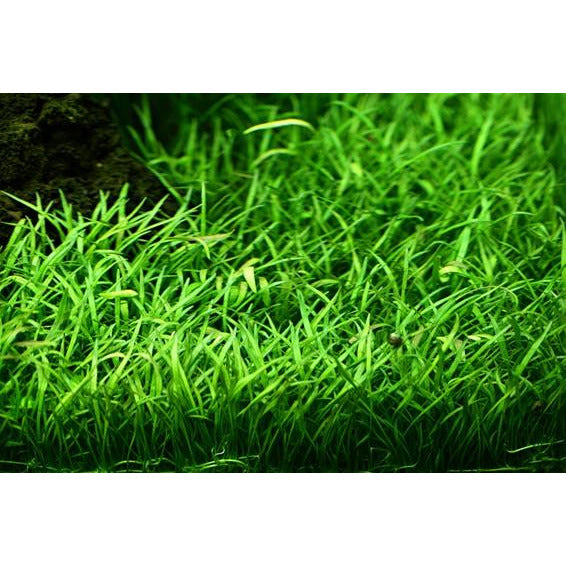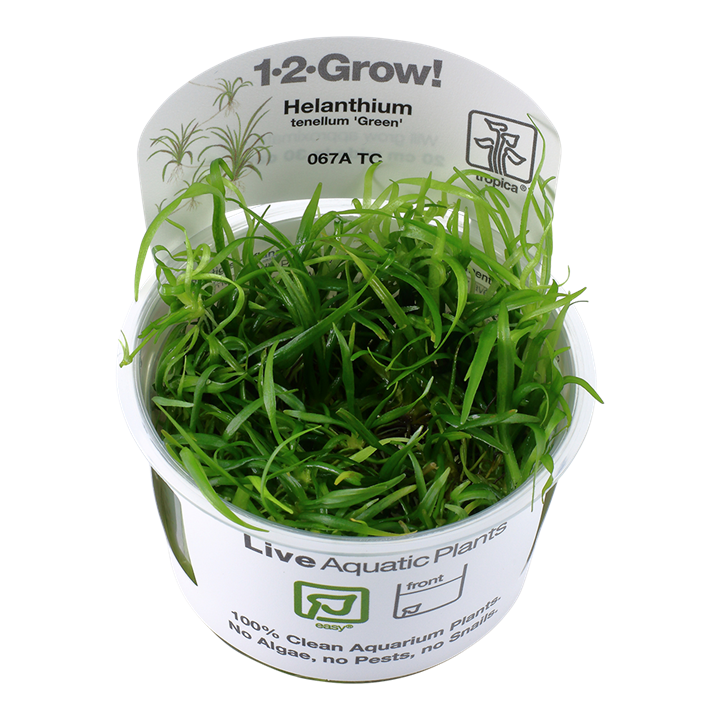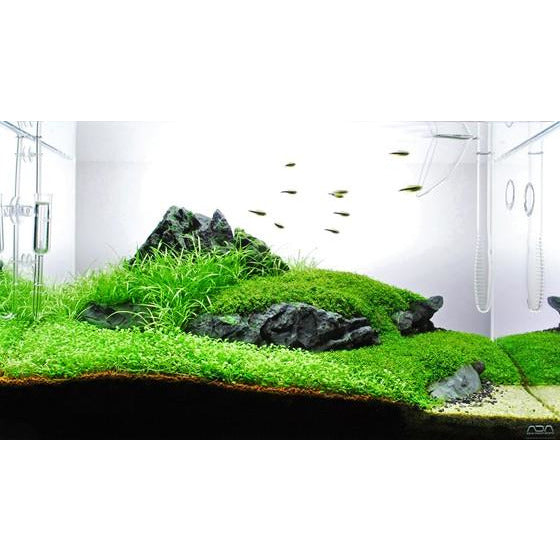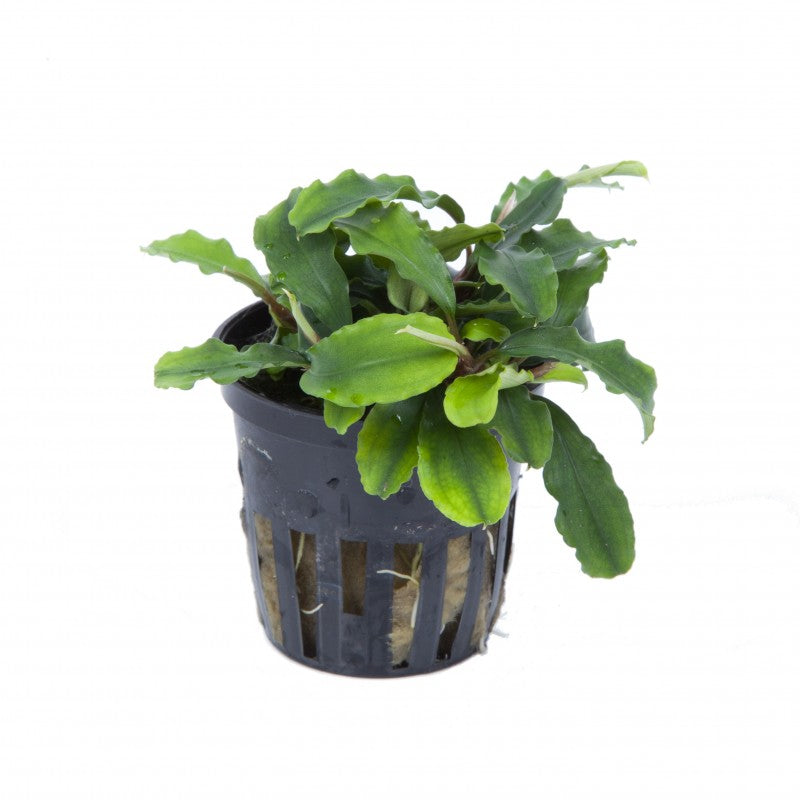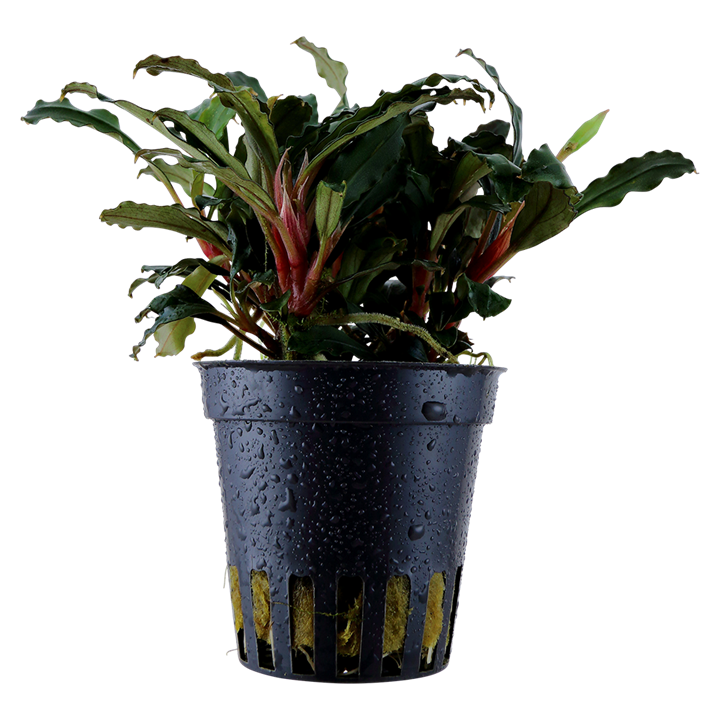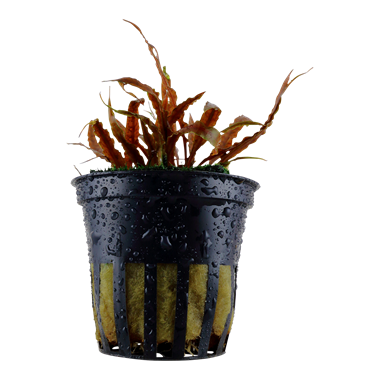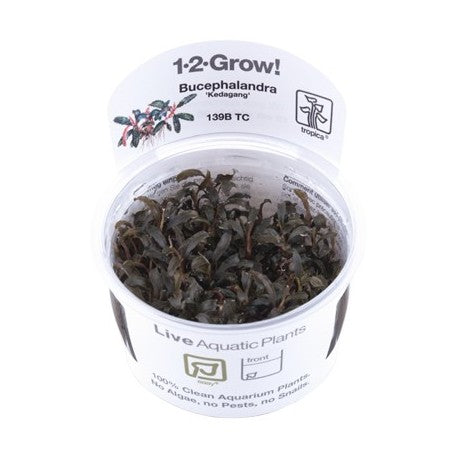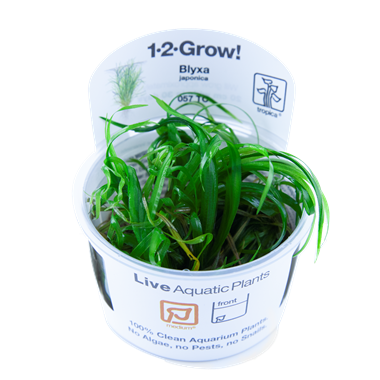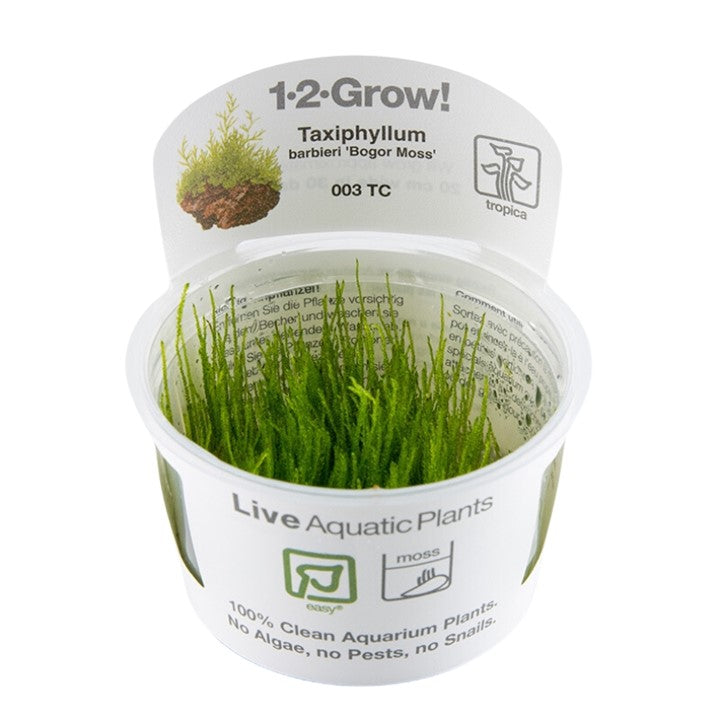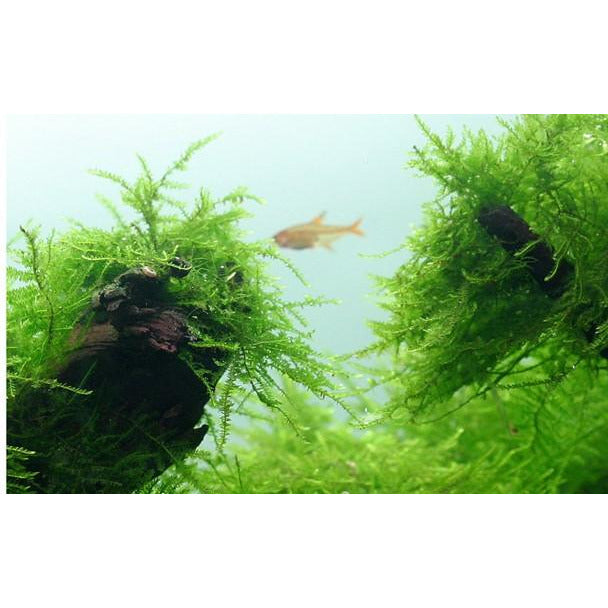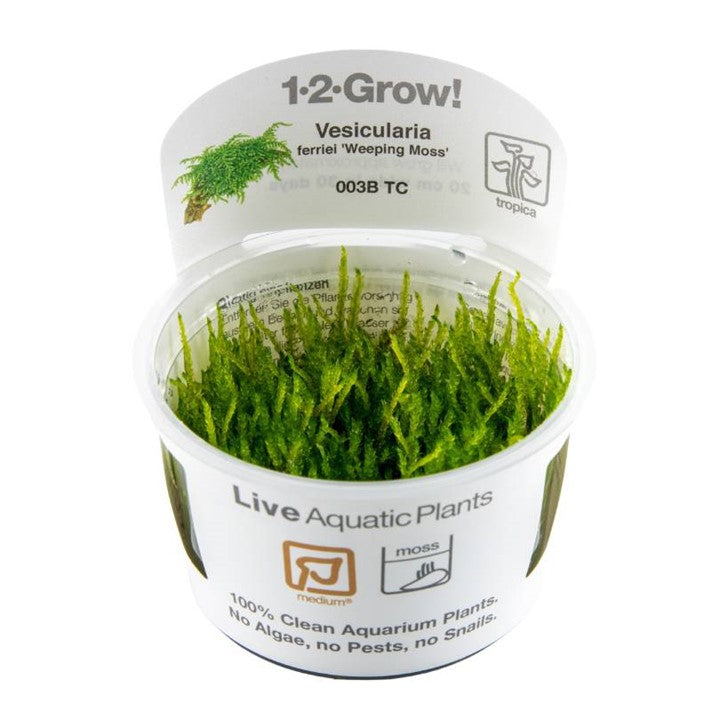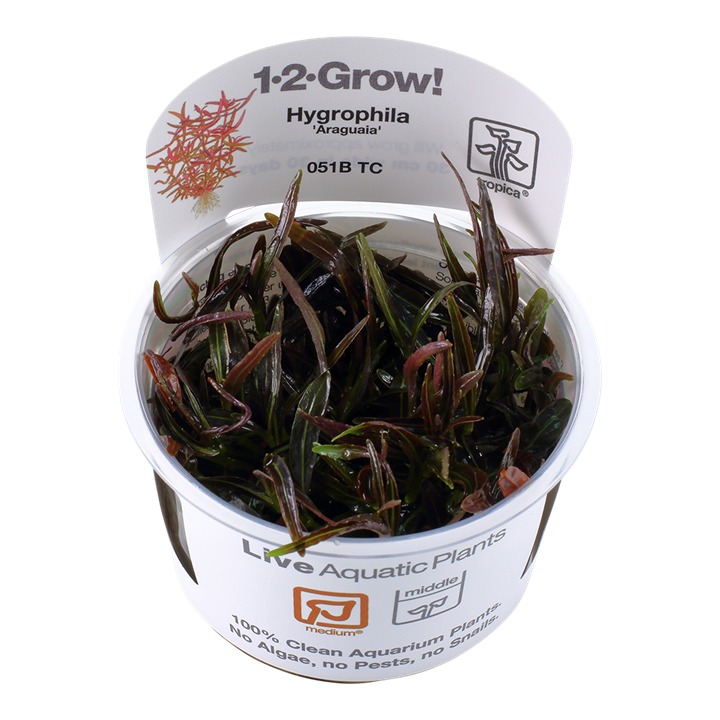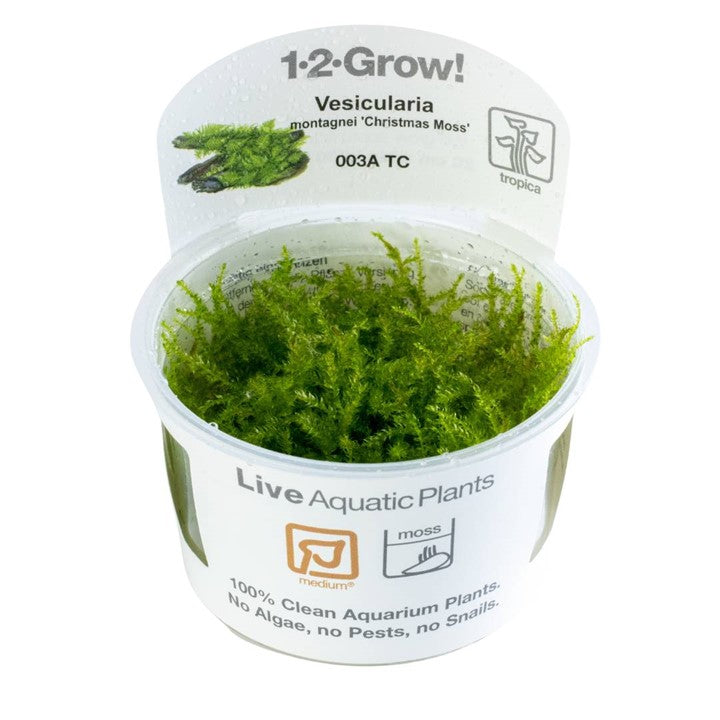
The Ultimate Guide to Aquarium Lighting

The Ultimate Guide to Aquarium Lighting
Lighting is one of the most important, and most misunderstood elements in the aquascaping hobby, and its likely because there is so much science behind it, whether it is regarding the plants or the technology itself. In this blog we hope to simplify aquarium lighting for you, so you can make a more informed decision when choosing your lighting.
While hardscape and plant selection play critical roles in creating an inspiring underwater landscape, light is the essential energy source that powers it all. Without appropriate lighting, aquatic plants cannot photosynthesise effectively, which limits their ability to grow, thrive, and display their natural colours.

Why Aquarium Plants Need Light
At its core, aquascaping is a delicate balancing act of biology, design, and technology, and lighting sits at the centre of it. Through the process of photosynthesis, aquatic plants absorb light energy and use it to convert carbon dioxide and water into glucose (plant energy) and oxygen. This fundamental process not only fuels plant growth but also contributes to oxygenating the tank and stabilising the aquarium.
Photosynthesis can be summarised by the formula:
6CO₂ + 6H₂O + light → C₆H₁₂O₆ + 6O₂.
In practical terms, this means that if your tank lacks sufficient light, or the wrong kind of light—plants will struggle to grow, develop pale or leggy leaves, and will eventually decline and die. Even if you’re adding fertilisers and CO₂, your plants can’t make use of those resources without enough light energy to trigger the conversion. This is why lighting is considered the 'engine' of any planted aquarium.
Different Plants, Different Lighting Needs
Just like terrestrial plants, aquatic species have varying light demands. Some plants are very low maintenance and thrive under modest lighting, while others, particularly red, ornamental or carpeting species—require far more intense illumination to achieve their full potential.
Low-Light Plants (Beginner Friendly)
Low-light plants are perfect for those starting out or keeping a low-tech tank without CO₂ injection. They grow slowly, tolerate shade, and require only gentle light to stay healthy.
Recommended plants for low light:
- Anubias barteri & Anubias nana 'Petite'
- Microsorum pteropus (Java Fern) and its varieties
- Cryptocoryne wendtii (green, brown, and red variants)
- Bucephalandra species (e.g., 'Wavy Green', 'Brownie Ghost')
- Sagittaria subulata (for easy foreground coverage)
- Staurogyne repens (great midground option)
These plants do best under gentle LED lighting and grow steadily without the need for pressurised CO₂ systems.
Medium-Light Plants (For Intermediate Aquascapers / Medium level lighting)
Medium-light plants require a step up in both intensity and care. They benefit from better lighting and will reward you with faster, more compact growth and improved colouration. While they can sometimes grow in non-CO₂ tanks, CO₂ injection will significantly enhance their health and appearance.
Recommended plants for medium light:
- Hygrophila pinnatifida
- Rotala rotundifolia (green or orange juice varieties)
- Hydrocotyle tripartita 'Japan'
- Pogostemon helferi
- Eleocharis pusilla
- Bolbitis heudelotii
These species grow more dynamically than low-light plants and are well-suited to aquariums with slightly stronger lighting and moderate fertilisation routines.
High-Light Plants (Advanced or High-Tech Aquascaping)
High-light plants demand strong illumination, stable CO₂ injection, and a nutrient-rich environment. These plants typically include red-stemmed species and fine-leaved ground covers that require high energy input to maintain their form and coloration.
Recommended plants for high light:
- Rotala macrandra / mini
- Rotala wallichii
- Proserpinaca palustris 'Cuba'
- Micranthemum callitrichoides (HC Cuba)
- Glossostigma elatinoides
- Utricularia graminifolia
- Lancea Araguia Chai
- Eriocaulon quinquangulare
These species show their best form, colour, and growth when supported by high PAR lighting, CO₂ injection, and careful nutrient dosing. Without these conditions, they can become leggy, pale, or melt back.
What Is PAR, and Do Aquascapers Need to Worry About It?
PAR, or Photosynthetically Active Radiation, refers to the range of light wavelengths (400–700 nanometers) that aquatic plants can use for photosynthesis. It essentially measures how much “useful” light energy is available to plants, not just how bright the light appears to our eyes. Within this range, blue light supports photosynthesis and root and leaf development, while red light encourages flowering and overall energy production. Green light, though less absorbed, contributes to overall balance and visual appeal and deep leaf tissue photosynthesis.
To measure the actual light intensity hitting your plants, professionals use PPFD (Photosynthetic Photon Flux Density), measured in µmol/m²/s. This tells you how many photons within the PAR range reach a square meter of your tank each second. While this level of precision is useful in scientific research or commercial agriculture, it's rarely essential for home aquascaping.
That said, PAR and PPFD are primarily scientific measurements and are more commonly used in horticultural practices and even marine reef keeping, where light intensity and spectrum must be precisely tuned for coral health. In freshwater planted aquariums, especially in hobbyist-level setups, these metrics haven’t become standard. Most aquascapers rely on trusted brands and a visual understanding of plant health, rather than exact PAR measurements.
For this reason, most good quality lighting systems designed for aquascaping focus on providing a broad-spectrum output that mimics natural daylight, typically using a mix of red, green, and blue (RGB) LEDs. These are designed not just to fuel plant development but also to make colours pop and the aquascape visually appealing.
So while understanding PAR can be a fascinating and helpful deep dive, it’s not a requirement for success in planted tanks. If you're interested in experimenting with light optimisation or working with advanced, high-tech aquascapes, exploring PAR and PPFD could offer a new layer of insight. But for most aquascapers, a well-chosen, quality light designed for planted aquariums will do the job beautifully, no PAR meter needed.
Comparing Popular Aquarium Lighting Brands
The market for aquarium lighting has grown tremendously, and today’s aquascapers have access to an impressive range of LED systems designed specifically for planted tanks. Among the most respected brands are ADA, Twinstar and Skylight, to name a few, each offering a unique approach to lighting in terms of design, spectrum, and user control.

ADA (Aqua Design Amano)
ADA is synonymous with premium aquascaping. Their lights, such as the Solar RGB 2 and Aquasky series, are known for exceptional build quality and an elegant, minimalist aesthetic. ADA lighting is carefully tuned to highlight natural plant colours and create a gentle, immersive ambience in the tank. Though often priced at the higher end, ADA lights are a top choice for high-end aquascapes where both performance and visual harmony matter.

ADA Aquasky RGB on ADA 60P 45 in Horizon Aquatics Gallery
ADA Aquarium Light Specification Comparison
| Specification | ADA Aquasky RGB 2 | ADA Solar RGB 2 |
|---|---|---|
| Power | 0–66W |
135W ±10% |
| LEDs |
70 RGB LEDs |
170 RGB LEDs |
| Illuminance | Up to 40,000 lux (at 10 cm) |
Up to 31,000 lux (at 30 cm) |
| Colour Temperature | Approximately 8,000–11,000K | Approximately 9,000–12,000K |
| Control | Smartphone app control with preset modes and soft lighting function for gradual on/off | Smartphone app control with dimming, timer settings, and group synchronisation for multiple units |
| Tank Size | 60cm | 90cm |
Twinstar
Twinstar lights are highly regarded for their vibrant colour rendering and powerful, consistent output. With RGB spectrum technology, Twinstar brings out the vivid reds and lush greens in plants without oversaturation. The S Series is especially popular among high-tech hobbyists, offering a strong output and refined colouration that works well in densely planted layouts. As it stands, Twinstar don't offer app controllability however they do have inline dimmers and timers. Something to note, especially those who take a lot of pictures of their tanks, Twinstar lights in our opinion look very well on photos, the colours appear vivid and the scape crisp, as you can see on the image below, this tank features a Twinstar E Line IV.

Twinstar E Line on Oase Scaperline 60 in Horizon Aquatics Gallery
Twinstar Aquarium Light Specification Comparison
| Specification | Twinstar B Line II | Twinstar E Line IV | Twinstar S Line IV |
|---|---|---|---|
| LEDs | 30B = 20 + 12 White 45B = 26 + 25 White 60B = 41 + 36 White |
450E | 600E | 900E RGB + Exclusive |
600S | 900S RGB + Exclusive |
| Power |
30B = 11 W |
450E = 30 W |
600S = 59 W |
| Illuminous Flux |
30B = 840 lm |
450E = 1500 lm |
600S = 3620 lm |
Twinstar in-line dimmer included
Skylight Aquarium Lights
Skylight Aquarium lights are renowned for their exceptional colour rendition and advanced controllability, making them a standout choice for aquascapers who want full creative control over the look and feel of their aquarium. Using high-quality RGB LED modules, these lights deliver intensely vivid coloration, enhancing the natural hues of both plants and livestock. Reds appear deeper, greens more vibrant, and shadows richer—creating a truly immersive visual experience that’s reminiscent of natural sunlight reflected through water.

Skylight HyperBar on ADA 60P 45 in Horizon Aquatics Gallery
Skylight Aquarium Lights Specification Comparison
| Specification | Skylight HyperBar | Skylight HyperSpot |
|---|---|---|
| Power |
FS 30 = 32 W |
FS = 48 W |
| LEDs | Unspecified |
Total is unspecified FS = 4 Spots |
| Illuminance |
FS 30 = 2700 lm |
FS = 4500 lm |
| Colour Temperature | 3000-30000K - adjustable | 6500 - 9000 K - adjustable |
| Control | App control | App control |
| Tank Size |
FS 30 = 30cm |
FS = 60cm |
Lighting in Low-Tech vs. High-Tech Aquascaping
In low-tech planted tanks—those without CO₂ injection—lighting should be kept moderate and consistent. Overpowering a low-tech tank with high light will often lead to algae problems, as plants cannot keep up with the photosynthetic demand. For these setups, reliable low-mid level lighting like the Twinstar B for mostly epiphtye based tanks or the E Series if you have some stem plants. Combine this with hardy, slow-growing plants and a photoperiod of 6–7 hours, and you’ll have a stable, low-maintenance aquascape that thrives without daily intervention.High-tech aquascapes are more demanding but offer far greater visual rewards. With pressurised CO₂ injection and daily fertilisation, plants can grow vigorously and express intense coloration, particularly reds and compact forms. These setups require strong, reliable lighting such as the Twinstar S Series, Skylight Hyperbar or Hyperspot, or the ADA Solar RGB 2 or Skylight Series.Make sure to fine tune these lights to your aquariums needs to prevent algae. High tech tanks with high end lighting are perfect for experienced hobbyists who enjoy the precision and control of a true aquascaping environment.

Hanging or Fixed Aquarium Lighting
Pendant Lighting
Pendant lights are suspended above the aquarium, usually from the ceiling, a mounting frame, or an included hanging kit. They’re commonly seen in high-end or show aquascapes and are especially popular with brands like ADA (Solar RGB) and Skylight Hyperspot.
Advantages:
- Clean, minimalist look: Floating appearance with no equipment touching the tank rim
- Better light spread: Suspended height can be adjusted to fine-tune light distribution and reduce hotspots
- Easier access to the tank: No light unit to move when doing maintenance or planting
- Aesthetic impact: Creates striking gallery-style presentation
Drawbacks:
- Installation complexity: May require ceiling mounts, wall brackets, or an additional hanging frame
- Potential light spill: Without covers, light may scatter into the room if not well-directed
Fixed Lighting
Fixed lights are mounted directly onto the aquarium, either by sitting on the tank rims (rim-mounted) or by using brackets. Examples include the ADA Aquasky, Twinstar or Skylight Hyperbar.
Advantages:
- Plug-and-play setup: Quick and easy installation, often ideal for beginners.
- Compact: Sits close to the water, which may reduce light loss and improve efficiency.
- Stable lighting conditions: Less variation in PAR levels across the tank due to closer proximity.
Drawbacks:
- Can obstruct access: Must be removed or adjusted during maintenance.
- Less flexible: Light height and angle are usually fixed.
Which Should You Choose?
- Choose pendant lighting if you want a high-end look, are creating a display aquascape, or need maximum flexibility and open access to your tank.
- Choose fixed lighting for ease of setup, lower profile tanks, or if you prefer an all-in-one, practical lighting solution.
Both styles can be effective, and many aquascapers choose based on personal aesthetic preference, tank size, and how often they access the aquarium for trimming or maintenance.
Summary
Aquarium lighting is more than just a way to see into your tank—it’s the life force that drives everything from plant health to colour expression. Choosing the right light depends on the kind of plants you want to grow, the style of aquascape you’re creating, and how much time and effort you're willing to invest.
Whether you're building a peaceful low-tech setup or chasing vivid reds in a high-energy planted system, your lighting choice will make or break the success of your scape. Take the time to understand your plants’ needs, research your options, and invest in lighting that suits both your budget and your ambitions. Your aquascape and your plants will thank you.





